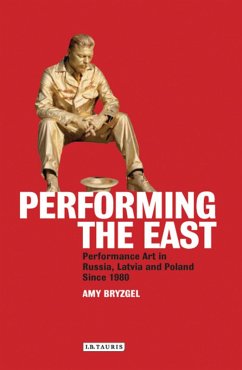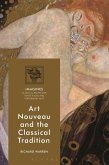Performance art in Western Europe and North America developed in part as a response to the commercialisation of the art object, as artists endeavoured to create works of art that could not be bought or sold. But what are the roots of performance art in Eastern Europe and Russia, where there was no real art market to speak of? While many artworks created in the 'East' may resemble Western performance art practices, their origins, as well as their meaning and significance, is decidedly different. By placing specific performances from Russia, Latvia and Poland from the late- and post-communist periods within a local and international context, this book pinpoints the nuances between performance art East and West. Performance art in Eastern Europe is examined for the first time as agent and chronicle of the transition from Soviet and satellite states to free-market democracies. Drawing upon previously unpublished sources and exclusive interviews with the artists themselves, Amy Bryzgel explores the actions of the period, from Miervaldis Polis's Bronze Man to Oleg Kulik's Russian Dog performances.
Bryzgel demonstrates that in the late-1980s and early 1990s, performance art in Eastern Europe went beyond the modernist critique to express ideas outside the official discourse, shocking and empowering the citizenry, both effecting and mirroring the social changes taking place at the time. Performing the East opens the way to an urgent reassessment of the history, function and meaning of performance art practices in East-Central Europe.
Bryzgel demonstrates that in the late-1980s and early 1990s, performance art in Eastern Europe went beyond the modernist critique to express ideas outside the official discourse, shocking and empowering the citizenry, both effecting and mirroring the social changes taking place at the time. Performing the East opens the way to an urgent reassessment of the history, function and meaning of performance art practices in East-Central Europe.









